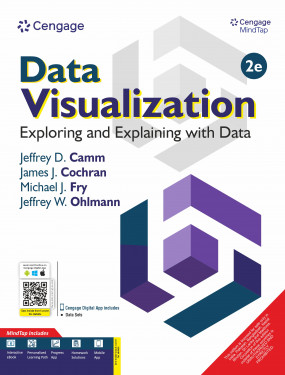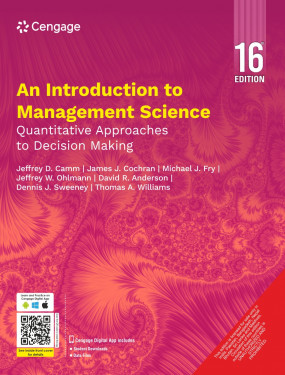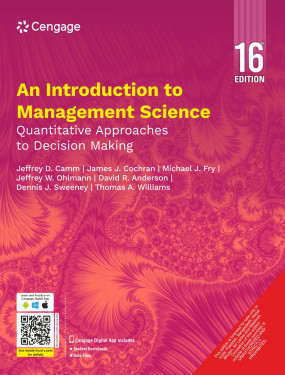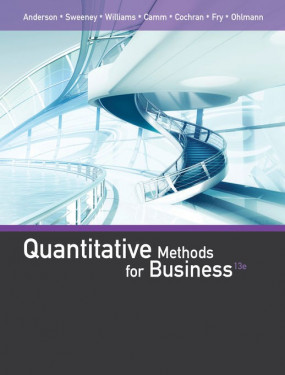
Analyzing Multivariate Data
ISBN: 9788131503232

Business Analytics
ISBN: 9788131527887

Doing Data Analysis with SPSS Version 18.0
ISBN: 9788131519110

The Business Analysts Handbook
ISBN: 9788131528129

BIG DATA: Management and Analytics
ISBN: 9789387994201

Multivariate Data Analysis
ISBN: 9789353501358

MindTap for Business Analytics: Data Analysis and Decision Making
ISBN: 9780357392072

Business Analytics: Data Analysis and Decision Making with MindTap
ISBN: 9789355734198

eBook for Multivariate Data Analysis
ISBN: 9789353505448

Business Analytics with MindTap
ISBN: 9789360533533

MindTap for Business Analytics
ISBN: 9780357491294

Advanced Business Analytics Using Jamovi and R
ISBN: 9789360539917

Data Visualization: Exploring and Explaining with Data with MindTap
ISBN: 9789366608150













